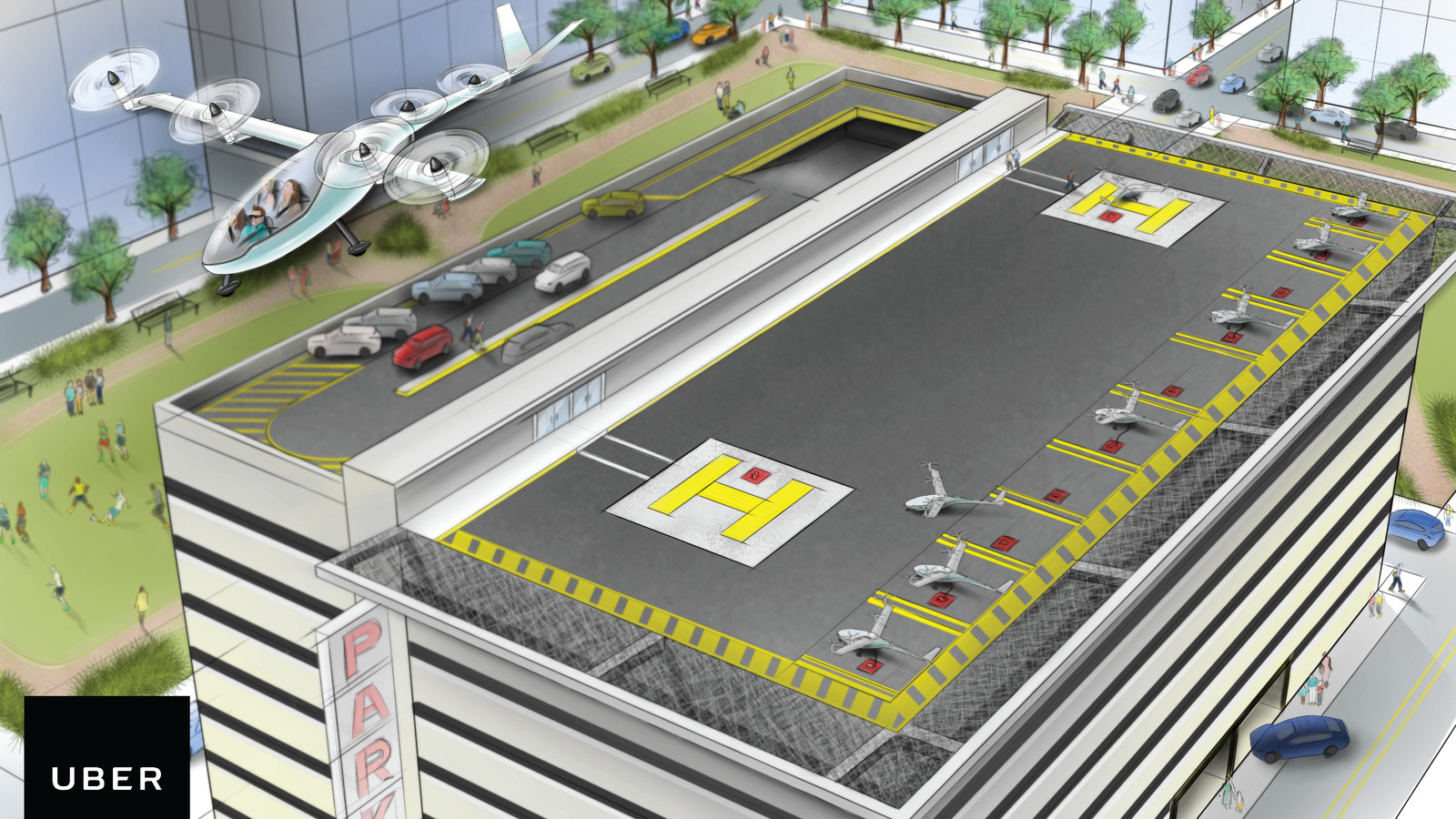

Image credit: Comicbook.com
As a teenager in the late 90s and the 2000s, films such as The Fifth Element have engraved into my mind that the future of transportation includes flying cars. Added with popular shows such as The Jetsons, Star Wars and especially Back to The Future 2, most of us were expecting to see flying cars as the conventional mode of transportation by 2015. However, I am writing this in November 2016 and flying cars are nowhere to be seen. Though many corporations tried to realise this, the flying car concept never took off.
The future of transportation today looks more like hybrid or electric vehicles (EV) with battery charging stations replacing the conventional use of fossil fuels, ride hailing or ride sharing services with self-driving cars and the like. The reality of flying cars is fading away. Until recently, in a surprise white paper by Uber, the world’s leading ride hailing service is looking (very serious) in realising air transportation for the mass public.
Flying Cars – A Practical Solution of the Future?
The introduction to Uber’s white paper began by fascinating readers with the following words:
Imagine traveling from San Francisco’s Marina to work in downtown San Jose—a drive that would normally occupy the better part of two hours—in only 15 minutes. What if you could save nearly four hours round-trip between São Paulo’s city center and the suburbs in Campinas? Or imagine reducing your 90-plus minute stop-and-go commute from Gurgaon to your office in central New Delhi to a mere six minutes.
The white paper then went on to expound on estimated money and productive hours each of us wasted as we commute in a daily basis. The solution? A futuristic flying car called the VTOL (vertical take-off and landing) that provides a rapid yet reliable transportation between suburbs and cities and, inter-city travels.

Image credit: The Verge
But like myself, most of you might ask: If our predecessors have failed to realise the possibility of flying cars, what is Uber doing different from them to ensure the same fate would not happen?
According to Uber, they believe this will work as new technologies will enable us to create a lighter, rechargeable electric powered vehicle that will be 15 decibels quieter than helicopters and much more cost efficient. Flying up to 100 miles on a single charge (up to 150 mph), Uber has plans to inspire and partner with multiple corporations to create a new transportation service with pilots and soon with autonomous pilots.
Unlike its predecessors, Uber is willing to collaborate and partner with interested parties who sees the same vision as them. But Uber also made it clear their goal isn’t to design and build its own flying cars but rather to “contribute to the nascent but growing VTOL ecosystem and to start to play whatever role is most helpful to accelerate this industry’s development” said Jeff Holden, Uber’s product chief.
Is Society Ready to Embrace Flying Cars?

Image credit: Popular Mechanics
As visionary the flying car concept can be, success in realising the new transport is determined by the acceptance by society, which is vital in creating demand. This is a hurdle that Uber has to overcome to achieve success. Such as the state of autonomous cars today, society and legislators are not ready to accept the new technology as it was not able to gain the trust of people with its recent bad press.
Just as how Uber began its service in 2009, its successes was achieved by understanding the frustrations experienced by many, determining the problem and filling in the gap with a great solution. And that frustration experienced by many are the number of hours lost by millions around the world in their daily commuting.
Their research revealed that the average San Francisco resident spends about 230 hours commuting between work and home. Which means that about half a million hours of productivity is lost every single day and this a similar trend in other countries as well (or probably worst in less developed countries). Added with the advantage that Uber’s ride hailing service was met with positive acceptance in each every continent, from the Americas all way till Southeast Asia, Uber’s reputation and collaboration to realise the possibility of flying cars should be met with positive response.
Uber also predicts that it will be much easier to gain the approval of society with autonomous flying cars as the auto pilot systems is widely used by commercial pilots today and have earned much credibility.
Though we’re not expecting to see flying cars by next year, suffice to say that it might be a conventional method of travel within 20 years. Mind you, the smartphone phenomenon began about 10 years ago, and we can hardly survive a day without it now. The same thing might just happen with flying cars.

Leave Your Comments